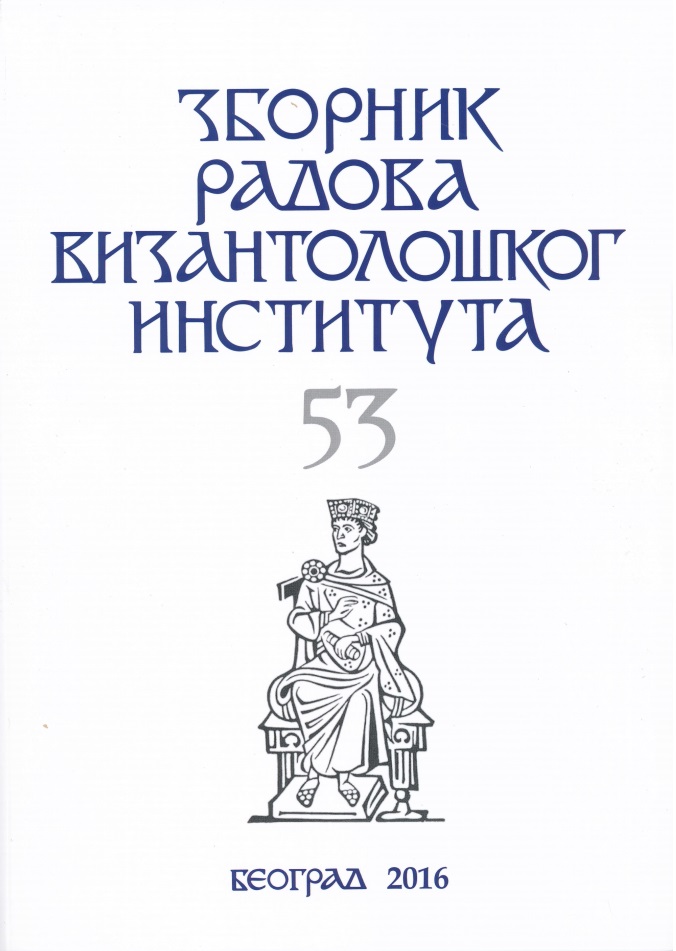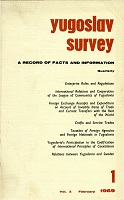
Posjedi benediktinskoga samostana sv. Mihovila na trogirskom području prema starom mletačkom katastru
The Benedictine monastery of St Michael in the western part of Trogir, known as Pasike and once inhabited by the commoners, was completed in 1612, but founded as early as 1595 at the initiative of the Confraternity of St Michael the Archangel. It was intended for the commoner women of Trogir and during the early modern period, when the revenues of noble nuns were rather modest regarding their status and origin, it was considered financially secure, though never rich (around the middle of the 18th century, it housed ca. 12 nuns), which is confirmed by the data in the Venetian cadastre books. Nuns regularly brought in a dowry, including money and landed property. The dowry in money amounted to 200 ducats and the monastery of St Michael lived for centuries from the revenues it gained from its land or from the alms. It also engaged in fabric production until its dissolution in 1806, when it was joined to the monastery of St Lazarus on the island of Čiovo for the purpose of maintaining the Collegium or Licaeum of St Lazarus. When it was dissolved as well, the revenues were reassigned to the maintenance of an agricultural school in Trogir. It should be noted that both Venice and Austria needed an ordered cadastre in order to elaborate a proper taxation system. Venice produced a cadastre book of the lands owned by the monastery of St Michael in 1760 (later revised) – Catastico delle terre del monastero di San Michele di Traù. The Venetian cadastre indicates the boundaries and owners of the neighbouring land plots, as well as fruit trees, churches, and water sources in the vicinity, while the surface area is indicated in measurements such as vreteno or pertika. In comparison, the later Austrian cadastre lacks all these details and indicates the surface area in acres and square klafters. These data offer an insight into the landed property of the monastery of St Michael (92 land plots in total) and the plants they cultivated (primarily fruit trees), as well as the revenues they gained and the names of those who worked the land. In most cases, the monastery retained a third of the harvest, fewer halfs and quarters, which was supposedly enough for the nuns and the maintenance of the monastery.
More...















